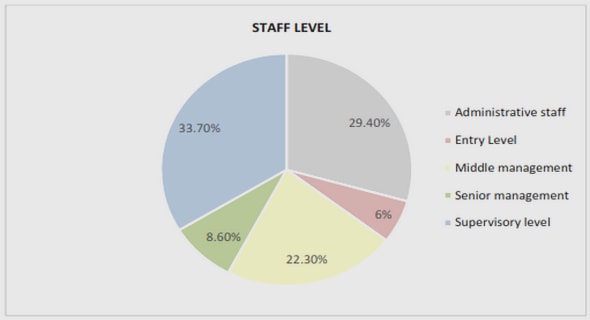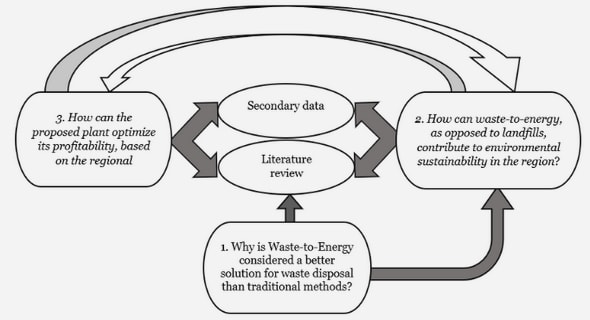Get Complete Project Material File(s) Now! »
Problems in black business
Phillips (1993:1) looked at the question whether the general assistance of the small business sector in South Africa would have served to equalise opportunities for black businesspeople. To answer this question, the following two main issues had to be borne in mind: • The black SME sector of South Africa encountered many difficulties in the past, experiencing prejudice and discrimination. Historically the apartheid system repressed the informal activities of black South Africans through such restrictive legislation as the Group Areas Act, harsh licensing, strict zoning regulations, and effective detection and prosecution of offenders. (Kingdon. & Knight, 2004:391-408).
FINANCING OF SMEs
Financing is an obvious need for SMEs, but the major obstacle is the lack of access to credit. The problem here is that the size of loans required by SMEs is too small for normal commercial lending institutions to service profitably and the businesses most in need of credit are the ones least able to raise security (Mantle et al., 1992:97). During 1979, the private sector accepted the responsibility of initiating the Small Business Development Corporation (SBDC). Dr. Anton Rupert’s proposal for this public/private sector joint venture was enthusiastically implemented, its main functions being to provide finance and infrastructure for SMEs. During this time, government also increased its support for training, consulting and education services to SMEs.
REGULATION OF SMEs
Regulations are rules and standards imposed by public authorities. Some regulations are needed to address, for example, market failures and social needs. Regulations also create important benefits such as safer working conditions, safer products, more innovation and a more stable business environment, but regulations also create different costs (Dagut, 2007:5-6). In 1982 it was recognised that SMEs were not thriving in South Africa and had not been able to solve the unemployment problem. The main issues were bureaucratic rules, regulations and tax. There was simply too much red tape involved.
THE FAILURE OF SMEs – A WORLD-WIDE PROBLEM
Governments in most countries provide a variety of programmes to assist SME owners. Although there have been success stories in a few countries such as Taiwan, Northern Italy and Ireland, the impact of the SME development programmes on performance has been less than satisfactory (Hallberg, 1999:1). Despite efforts by the South African government to establish a support structure for the SME sector, to date these efforts have not met with much success. The Minister of Trade and Industry admitted that his department had failed in its chief objective, of supporting and growing the SME sector in South Africa (Erwin, in Van Eeden, Viviers & Venter 2003:13).
REASONS FOR THE FAILURES
Fifty to sixty percent of enterprises fail within the first three years because of mismanagement and incapability. Barron, in Van Eeden et al. (2003:13) points out that the ideas are often good and the people behind them are competent, but “they do not have a clue on how to run a business”, and have no underlying appreciation of business fundamentals. Van Eeden et al. (2003:14) also mention the role of competition, insufficient demand for products/services and market imperfections as frequently cited problem areas in small businesses. South African entrepreneurs view economic uncertainty, crime, corporate tax rates, and labour laws as the main threats facing the SME sector.
TABLE OF CONTENTS :
- LIST OF APPENDICES
- LIST OF TABLES IN TEXT
- LIST OF FIGURES IN TEXT
- CHAPTER 1: INTRODUCTION, AIM, METHOD AND LAYOUT OF STUDY
- 1.1 INTRODUCTION
- 1.2 DEFINITION OF CONCEPTS
- 1.3 RATIONALE FOR THE STUDY
- 1.4 PROBLEM STATEMENT
- 1.5 OBJECTIVES OF THE STUDY
- 1.5.1 Primary objective
- 1.5.2 Secondary objectives
- 1.6 DEMARCATION OF THE STUDY
- 1.7 LIMITATIONS OF THE STUDY
- 1.8. RESEARCH DESIGN AND METHODOLOGY
- 1.8.1 The literature study
- CHAPTER 2: THE HISTORY AND DEVELOPMENT OF SMEs IN SOUTH AFRICA
- 2.1 INTRODUCTION
- 2.2 HISTORICAL BACKGROUND
- 2.3 ECONOMIC BACKGROUND
- 2.4 THE IMPORTANCE OF SMEs
- 2.4.1 The distribution of South African private sector enterprises
- 2.5 THE DEVELOPMENT AND GROWTH OF SMEs
- 2.5.1 Historical overview
- 2.5.2 Problems in black business
- 2.5.3 Stimulating growth in the SME environment
- 2.6 FINANCING OF SMEs
- 2.7 REGULATION OF SMEs
- 2.8 THE FAILURE OF SMEs – A WORLD-WIDE PROBLEM
- 2.9 REASONS FOR THE FAILURES
- 2.10 OTHER GENERAL PROBLEMS IN THE DEVELOPMENT OF SMEs
- 2.11 THE ROLE OF THE SOUTH AFRICAN GOVERNMENT (1994- 2006)
- 2.11.1 South African government policy interventions
- 2.12 THE CURRENT SITUATION
- 2.13 CONCLUSION
- CHAPTER 3: BUSINESS INTERVENTIONS IN SOUTH AFRICA AND OTHER COUNTRIES
- 3.1 INTRODUCTION
- 3.2 DEFINITIONS OF CONCEPTS
- 3.2.1 Consulting
- 3.2.2 Training
- 3.2.3 Supporting
- 3.2.4 Adviser
- 3.2.5 Mentor
- 3.2.6 SME life cycle
- 3.3 VARIOUS TYPES OF INTERVENTION STRATEGIES
- 3.4 ASSISTANCE AND INTERVENTIONS IN OTHER COUNTRIES
- 3.4.1 The USA and Canada
- 3.4.2 The UK and Europe
- 3.4.3 Brazil and Mexico
- 3.4.4 Australia and New Zealand
- 3.4.5 China and Asia
- 3.4.6 Africa (excluding South Africa)
- 3.5 ASSISTANCE AND INTERVENTIONS IN SOUTH AFRICA
- 3.5.1 Existing government assistance to small business
- 3.5.2 Other types of assistance available
- 3.5.3 Existing professional assistance
- 3.5.4 Private business consultations
- 3.5.5 Employing experts
- 3.6 CONCLUSION
- CHAPTER 4: SUCCESS FACTORS FOR SMALL AND MEDIUM ENTERPRISES
- CHAPTER 5: RESEARCH METHODOLOGY
- CHAPTER 6: DATA ANALYSIS AND INTERPRETATION
- CHAPTER 7: CONCLUSIONS AND RECOMMENDATIONS
GET THE COMPLETE PROJECT
AN ANALYSIS OF BUSINESS INTERVENTIONS AND THEIR EFFECT ON THE PERCEIVED SUCCESS OF SOUTH AFRICAN SMALL AND MEDIUM ENTERPRISES


